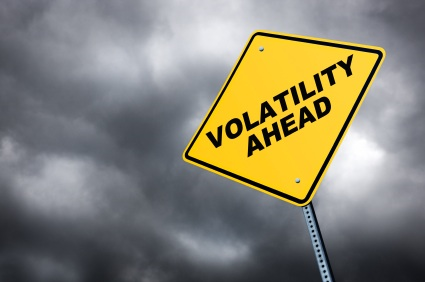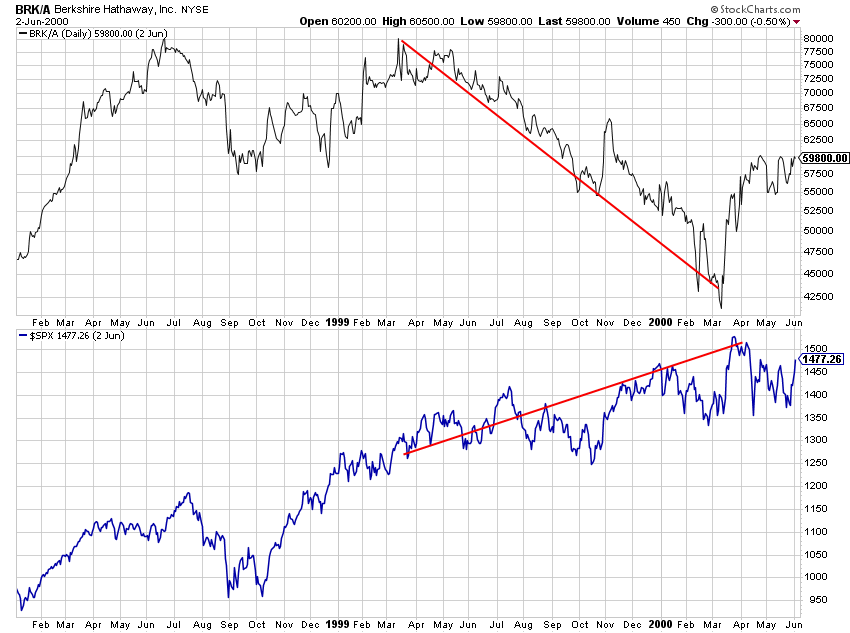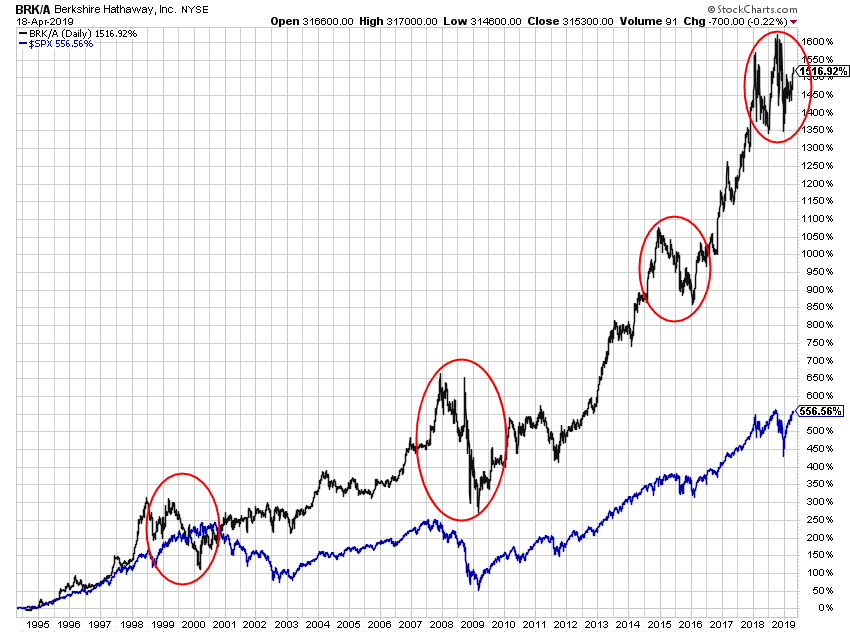 I've written before about the cost of volatility, both financially and emotionally, and in light of the volatility we saw in 2018, now is a good time to revisit that issue (while it is not an issue). In 2018, after many sizable down moves, then prices bounced up and then the spin from the investment world was that everything was okay. But let's look at the real world for a moment. This is part of two pieces I wrote many years ago BS (Before Stockcharts.com) and is somewhat appropriate for today.
I've written before about the cost of volatility, both financially and emotionally, and in light of the volatility we saw in 2018, now is a good time to revisit that issue (while it is not an issue). In 2018, after many sizable down moves, then prices bounced up and then the spin from the investment world was that everything was okay. But let's look at the real world for a moment. This is part of two pieces I wrote many years ago BS (Before Stockcharts.com) and is somewhat appropriate for today.
First of all, consider the market mavens and television experts who were so confident that they bought stocks on margin. That basically means they borrowed money from the brokerage firm to buy stocks or mutual funds. When the account value drops significantly they must either add more money to the account or sell some positions to pay off part of the loan. It's called a "margin call" and many "new paradigm" investors were getting them during 2018 since 2017 was a great up year. Often, brokerage firms were liquidating many accounts because of the client's inability to meet the margin requirement. The subsequent bounce in prices the following week didn't matter much to those investors, regardless of the media spin.
In addition to the financial costs, there was severe emotional strain for small investors everywhere. I heard from some investors, who months earlier had abandoned all caution thinking the market would go up forever, but now they were looking at big losses. Here is an example of calls I would get from a client, who had gotten tired of my constant harping about safety and had loaded up on individual technology stocks so he could ride the wave to early retirement. He was getting increasingly nervous as the losses mounted. His worry turned to fear with the latest sell off as he caught the "I can't sell now, I'll take a loss" disease. Sadly, his portfolio dropped again during that last week. Now he's thinking maybe he'll have to work an extra few years, just to recover.
Over time, the horror of bad markets is forgotten. Let's take one stock as an example of how it happens. This is a story written in about 2000 I titled “The world’s greatest investor,” I cannot recall exactly when. Berkshire Hathaway, the conglomerate run by Warren Buffet. The company's main business is insurance - Geico and General Re, but Buffet also buys lots of stock in other companies like Coca-Cola, Dairy Queen, and Dexter Shoes. Many consider him to be the smartest investor in the country. Often referred to as "The Oracle of Omaha," he is the subject of several books and has an almost cult-like following. Yet over the past couple of years (back in the 1999-2000 time frame) the company's earnings have been down and the stock has dropped 40%, during a time when the S&P; 500 gained 20%. Let's do the math to see how that kind of volatility affects his buy-and-hold followers. Hey, even the world’s greatest investor has his moments.
 Chart A
Chart A
A 40% loss requires a 67% gain to get back to even. Another example, if $100 drops to $80, a 20% loss, it would require a 25% gain on that $80 to get back to $100 - and this doesn't account for the time value of money. If Warren Buffet manages a 40% gain after that drop, the press will restore him to his throne as the king of all investors, when in reality, he is just getting back to where he was in 1998. To catch the S&P; 500, his stock would have to appreciate considerably more, that is, if the S&P; 500 stops to wait on him.
In fairness to Mr. Buffet, he is a very good investor, but periodically he has issues with the market and his investments. He certainly did catch the S&P 500 and eventually left it in the dust. Volatility can get the best of investors. Looking at Chart B which is his Berkshire Hathaway A shares in black and the S&P 500 in blue clearly shows his talent OVER TIME. Notice those bad areas lasted 2-3 years. If you bought in at the beginning of one of those times, you probably wouldn’t have stayed. The first red annotation is what is depicted in Chart A.
 Chart B
Chart B
Okay, a final comment about Berkshire Hathaway stock. It is the buying and selling of the stock by investors that makes the stock move up and down; it is not the holdings that Mr. Buffett owns for the conglomerate holding company. It is that investors like those holdings and Mr. Buffett that makes the stock do so well. And at $315,000. per share it probably isn't the small investors, but the institutions. There is a class B stock that has a significantly lower share price. However, Charts A and B are the A class. The bottom line: Volatility is tough financially and emotionally. It impacts returns more than most people realize, and it certainly affects short-term emotions in a big way. My rules-based trend following approach is not perfect, but one of the main benefit is reduced volatility. And you can sleep on that!
Dance with the Trend,
Greg Morris






